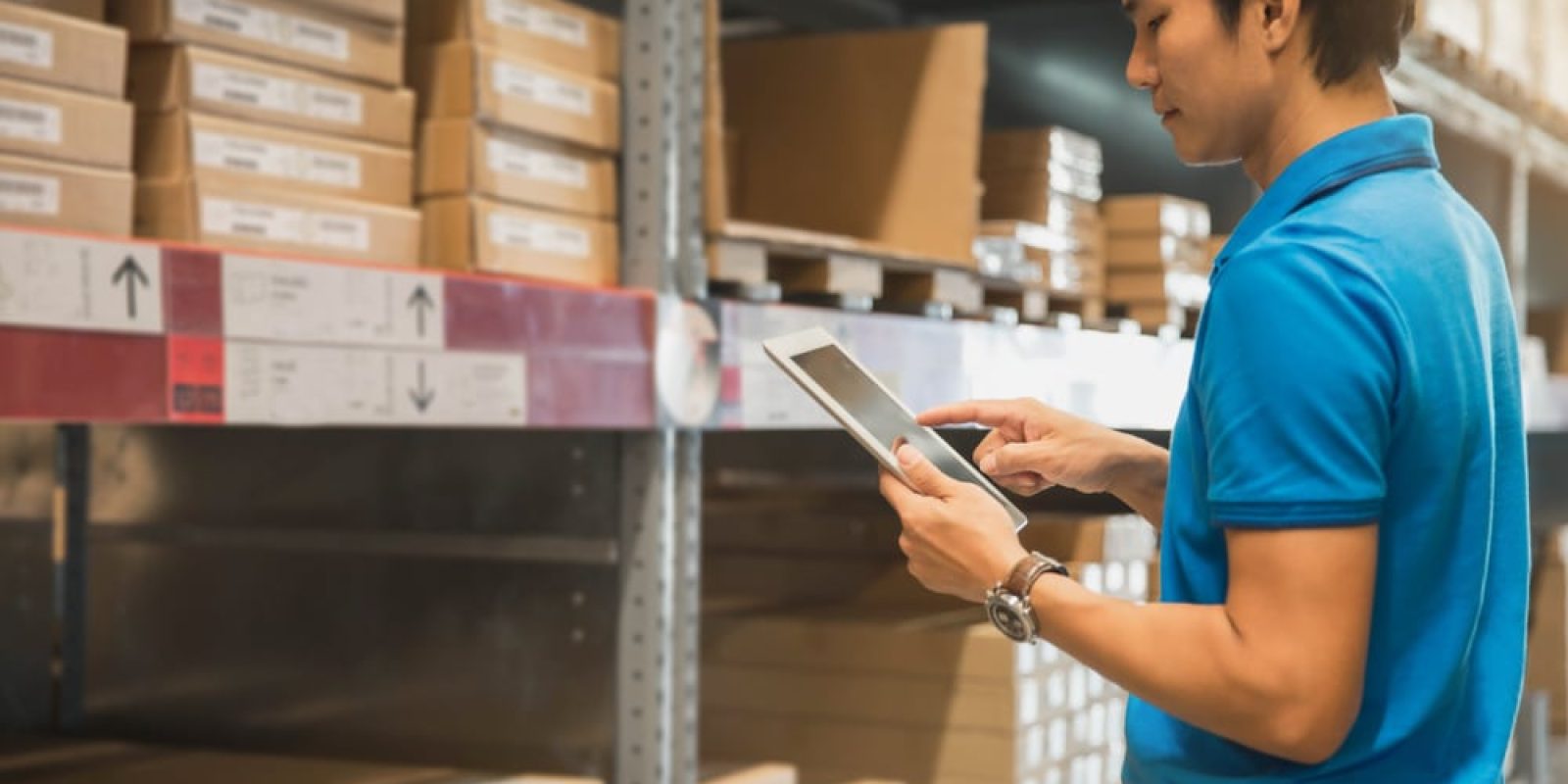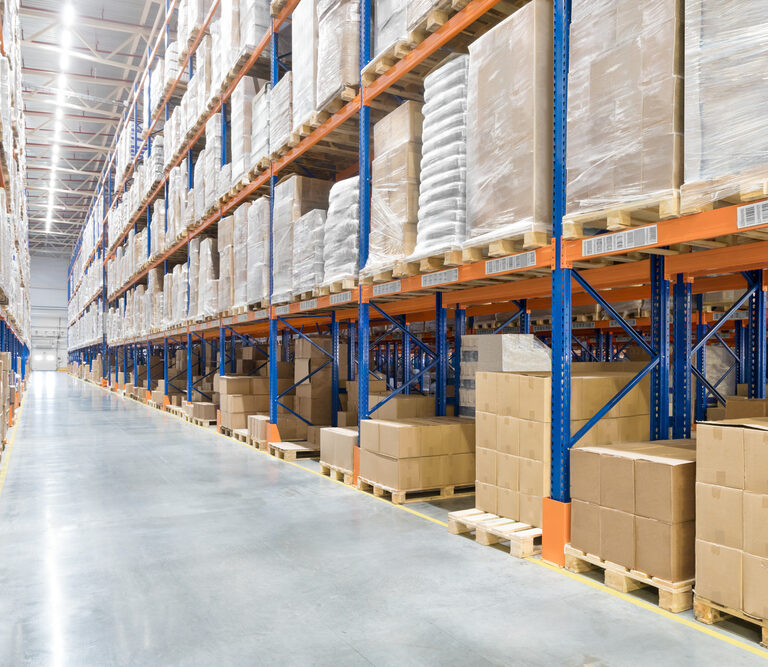My initial three blogs in the Tom’s Takes series focused on three aspects of the interconnectivity of the supply chain from the “people” perspective: west coast dockworkers, truck drivers and warehouse workers. Over the course of my next few blogs during the summer months, I will introduce topics related to the “process and technology” aspects of the supply chain.
Beginning with micro-fulfillment, I will provide details on characteristics and markets the technology and/or processes are being deployed to, as well as the benefits being realized in today’s e-commerce driven supply chain and last mile delivery network.
What is Micro-Fulfillment?
Micro-fulfillment is quite simply a strategy to decrease customer fulfillment times by locating inventory near the customer in order to fulfill orders in less than one day. Micro-fulfillment centers (MFCs) solutions tend to have the following characteristics:
- Smaller in size as compared to a regional distribution center, ranging from 5,000 to 25,000 sq. ft.
- Often located in urban areas
- House a smaller number of fast-moving SKUs
- Have some level of automation, such as goods to person (GTP) picking and automated storage & retrieval systems (AS/RS)
Offer multiple delivery options including in-store pick-up, locker delivery, curbside pickup and home delivery via last mile transportation providers
The Future of Micro-Fulfillment Centers
Industries that are leveraging and benefitting from MFCs are grocery and pure-play ecommerce providers as they continue to battle for market share and consumer mindset. Knowing that the grocery industry operates on very thin margins in the range of 1-3 percent, the profitability of MFC growth within that sector is critical for those retailers competing for a projected 10 percent stake in the U.S., which was near $765B at the end of calendar year 2021.
An analyst firm reported earlier this year that the MFC market is expected to grow from just over 100 MFCs in 2021 to approximately 6,600 MFCs by 2030, representing a compounded annual growth rate (CAGR) of nearly 50 percent. The U.S. is expected to lead the worldwide growth over the next eight years out to 2030, with over 50 percent expected of the MFCs to be opened in the U.S., with the U.K., France, China and Japan as other major markets contributing to the number of new MFC locations.
Tom’s Take: “The expected growth of MFC solutions over the next three years will shape the logistics landscape for not only the end consumers and the choices they have regarding available inventory selection and modes of delivery. It will also impact distributors and the numerous supply chain and material handling providers, as well as the system integrators and manufacturers that deploy them.
Early adopters of MFC deployment strategies are likely to encounter highly regionalized, competitive advantage scenarios on a market-by-market basis based on the consumer’s ever-increasing appetite for wanting it now and the need for less than same day delivery. Laggards in this deployment strategy will need to optimize current infrastructure, processes and technology, but may suffer from top-line revenue reductions due to inability to serve their customers and loss of market share.”






